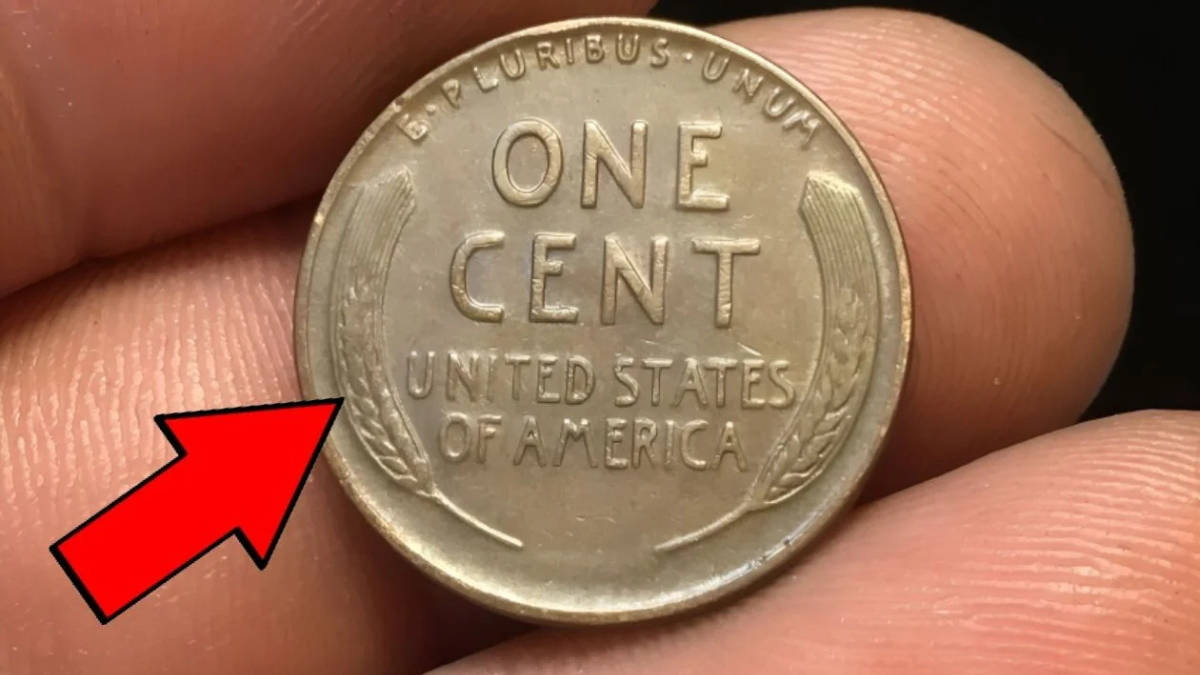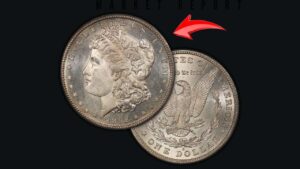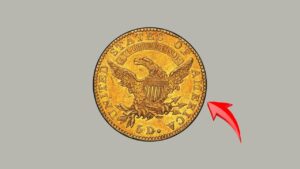The story of the 1976 Bicentennial Quarter is one that captures the imagination of coin collectors and casual treasure hunters alike. With claims floating around the internet that a rare version of this quarter is worth a staggering $2.5 billion, many are left wondering if they’re sitting on a fortune without even knowing it. While such astronomical values are more myth than reality, there are still genuine reasons why some of these quarters hold significant value beyond their face.
The Birth of the Bicentennial Quarter
In honor of America’s 200th birthday, the U.S. Mint launched a special coin series in 1976. This included redesigned versions of the quarter, half dollar, and dollar coins. The Bicentennial Quarter features a unique reverse design showing a Colonial drummer, a torch encircled by 13 stars, and the dual date “1776–1976.”
Unlike typical quarters, these were produced in such massive numbers that they are still easily found in everyday circulation. However, a smaller portion of these coins was minted using a 40% silver composition, available only in collector sets sold by the U.S. Mint.
Debunking the $2.5 Billion Myth
Despite viral headlines, no Bicentennial Quarter has ever sold for $2.5 billion. That figure is largely clickbait and not supported by any verified transaction or collector record. The source of the myth might be a combination of wishful thinking, extreme hypothetical scenarios (such as a quarter mistakenly struck on a gold planchet), and the internet’s tendency to exaggerate.
Even the most valuable and rare coins in U.S. history—such as the 1933 Double Eagle or the 1794 Flowing Hair Dollar—have never approached such valuations.
What Actually Makes a Bicentennial Quarter Valuable?
While most of these coins are worth their face value, certain characteristics can significantly increase a coin’s market price. Here’s what to watch for:
Rare and Valuable Traits
| Feature | Description | Potential Value |
|---|---|---|
| 40% Silver Coins | Found in collector sets; weigh approx. 5.75g | $5 – $20+ |
| Double Die Errors | Doubling in lettering such as “LIBERTY” or “IN GOD WE TRUST” | $100 – $1,000+ |
| Off-Center Strikes | Design appears shifted or cut off | $50 – $250+ |
| Missing Clad Layer | Dull or red appearance due to missing outer metal layer | $100 – $500+ |
How to Tell If You Have a Rare Bicentennial Quarter
Here’s a quick guide for identifying valuable quarters in your collection:
- Check the Date: Look for “1776–1976” on the obverse (front).
- Inspect the Reverse: It should display the iconic Colonial drummer design.
- Mint Mark: Look for an “S” mark, especially on proof or silver coins.
- Weigh the Coin: Silver versions weigh around 5.75 grams (vs. 5.67 grams for standard).
- Examine the Edge: Silver coins have a solid silver edge, not the copper stripe of regular quarters.
- Use a Magnet: Although not a standard method, this can help detect unusual errors.
- Look Closely for Errors: Use a magnifying glass to spot doubling, off-center features, or missing elements.
Are Bicentennial Quarters Still Found in Circulation?
Absolutely. These quarters are not rare in general. You can still find them in your pocket change, at garage sales, or tucked away in old coin jars and family collections. Though most are common, it’s possible—though rare—to find one with a valuable error.
Is It Worth Checking Your Change?
Definitely. While your chances of finding a multimillion-dollar coin are slim, coins worth $100 or more are out there. Coin collecting is not only a potential money-maker but also a rewarding hobby that connects you to American history.
FAQs:
Are Bicentennial Quarters made of silver?
Some are. Special collector versions were made with 40% silver and are worth more than face value.
Can a Bicentennial Quarter be worth thousands?
Yes, but only if it has rare features like a significant minting error or is in exceptionally high-grade condition.
How do I know if my quarter is silver?
Weigh it—silver ones are heavier (around 5.75 grams). Also, silver coins lack the copper stripe along the edge.




